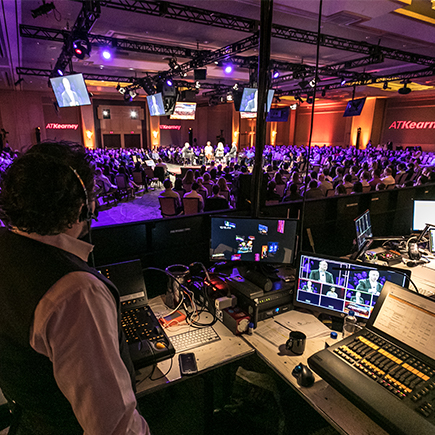The first step in footage projection on rounded areas is to understand the shape of the area. Rounded surfaces can be intricate, with varying degrees of bend. To achieve a seamless projection, it is important to build a 3D model of the surface. This representation helps in imagining how the video will look when cast. Applications tools are available that permit users to create these representations and mimic the projection. By accurately mapping the measurements and shapes of the surface, creators can ensure that the footage matches perfectly without distortion.
Once the 3D representation is prepared, the following phase is to prepare the footage material. This involves editing the video to fit the particular form and size of the curved surface. It is crucial to take into account the perspectives and sightlines from which the viewers will view the display. The material should be crafted to enhance the visual experience, making it captivating and pertinent to the theme of the occasion or installation. Using high-quality visuals and motion graphics can significantly improve the overall impact of the projection.
After preparing the material, the actual projection process starts. This involves placing up the devices at the appropriate positions and distances to ensure that the video aligns with the 3D representation. Adjustment is a key part of this find out process. It may necessitate modifying the brightness, differentiation, and sharpness of the devices to achieve the optimal results. Additionally, using several projectors may be required to cover bigger or more complex areas. This technique, known as seamless projection, helps form a seamless image across the whole surface.

Finally, trialing the display is crucial before the final presentation. This enables designers to make any required modifications to the video and projector configurations. It is also an chance to see how the viewers will experience the display from different perspectives. By ensuring that the video mapping is flawless, designers can deliver a stunning aesthetic experience that leaves a memorable impression. Mastering video projection on curved areas not only enhances artistic expression but also opens up new opportunities for narrative and viewer interaction in multiple environments.